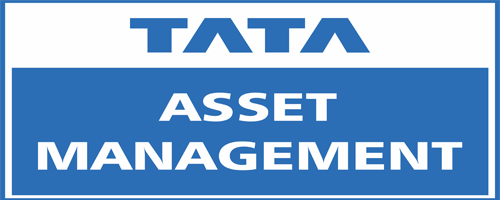In the game of Chess, most commonly played game is “classical version”. The classical version of the game is long duration with minimal emphasis on time controls on the players for making the moves. When one learns the game of Chess, one will always start with this classical version. It will involve understanding the opening lines, the strategies, counter moves, the end-game strategies, and so on. Players make their moves after contemplating multiple alternate scenarios thus involving deliberate thinking, careful analysis, etc. This is called the System 2 way of thinking. This is a slow, effortful, and logical mode in which our brains operate when solving more complicated problems. System 2 is the more “analytical,” “deliberate” and “rational” side of the thinking process. The other versions of chess are more time-bound. We broadly have three categories here – Rapid (more than 10 minutes but less than 60 minutes a side chess), Blitz (10 minutes or less per player), and Bullet Chess (<3 minutes per player). Let’s call this time format “speed chess”.
In speed chess formats, the players will not have the luxury of abundant time and hence will make the moves very fast. The starts will be pre-prepared with multiple move combinations. The game becomes faster and will often progress (especially in Bullet formats) to a point when the players will have their move within a fraction of a second. At this point, their System two thinking and preparation takes a backseat and System One thinking takes over. Players will use their intuition and subconscious experiential learning instead of detailed calculations. Trained professional chess players play this format with very high accuracy as they would play the classical version. This is called the System 1 way of thinking. System 1 “is the brain’s fast, automatic, intuitive approach.
What is the importance of the above two approaches when it comes to investing? Most investors and fund managers are trained in System two way of thinking. They work on ideas that are likely to play out in long term. The main benefit of this approach is to find long-term compounders. However, this approach has its limitations. Firstly, when confronted with a difficult situation such as changes in core assumptions or business model change, this approach may not be able to trigger an adequate response often leading to large cuts in portfolio gains. Secondly, this approach may miss a few cyclical and event-driven ideas (or fail to cut such investments from the portfolio when the event/cyclicality has played out) in a rapidly changing economic environment. To become a better alpha generator in such an environment one requires System One way of thinking which allows the investor/fund manager to think and guesstimate at the speed of the market. There are scenarios when stock prices move in varied and often opposite directions as market themes are rapidly changing. To decipher these market patterns and behaviour, which the System Two mindset may dismiss as “random”, one will need a faster thinking and intuitive process or a System one thinking mindset. To align the portfolio to changes in market themes, one will need to bring all his investing observations and experience into play. In short, one will need to be an evolved System One thinker. In the game of chess, one starts learning the classical version, the strategies, the lines, etc., and then evolves to faster speed versions. Similarly, System One thinking is really the next level, and can’t be sharply developed without having a strong System two thinking process. In investing too, both System One and System Two thinking are needed. As we enter a world where information dissemination is quick and the economic and business cycles are getting shorter with increasing inter-linkages between different industries, economies, and markets using System One approach over and above System Two is critical for building strong outperforming portfolios. Static pieces of information about the business will need to be overlayed with incremental (and meaningful) business shifts which drive the stock outperformance/underperformance.
It is not easy to develop both these sides of thinking, but consistent performance will demand highly trained investing brains that can think fast (using pattern observations and intuitions) and slow (detailed and logical) at the same time. The asset managers will have to build objective stock selection processes that capture both static and dynamic pieces of information. The qualitative aspects of business will require quantification to make better and faster investing decisions. Accuracy and speed of these investing decisions will drive the portfolio outperformance and therefore influence the future of investing.


